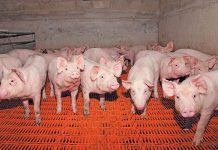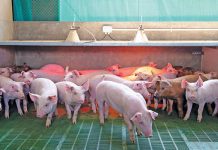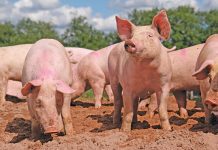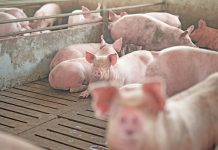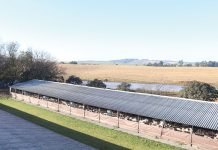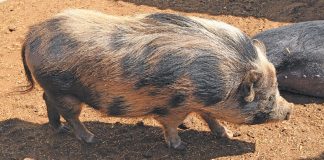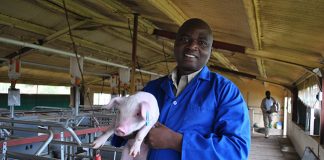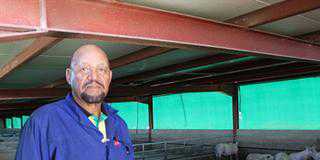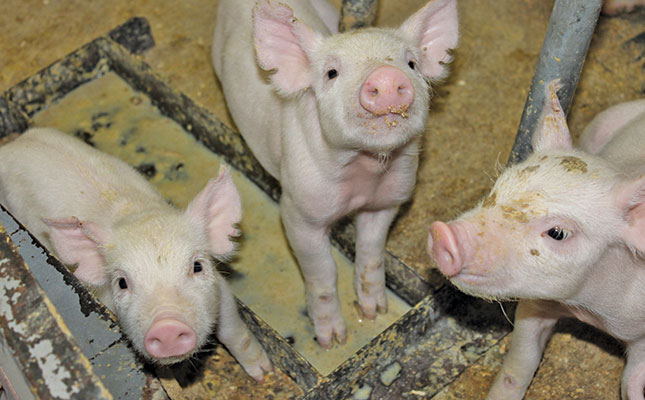
Photo: Lindi Botha
Kgadi Senyatsi, head of business development at the South African Pork Producers’ Organisation (SAPPO), says that farmers wanting to enter the pig industry should begin by conducting thorough research.
“The pig industry is a complex, costly industry,” she warns.
READ Small-scale pig farmer implements commercial practices
SAPPO recommends that a farmer start with a herd of 250 sows to make a decent return on investment and cover overheads.
Infrastructure needed includes houses for all production stages (mating, farrowing, weaning, growing and finishing) and biosecurity facilities. The latter include fencing, showers, storage for chemicals, and a slurry dam.
Senyatsi estimates that to establish a farrow-to-finish 250-sow unit would be R25 million, which excludes operational costs.
Breaking down the running costs, she says: “Feed costs average R16,50/kg of pork produced, and overheads about R4/kg. The total cost for a 80kg pig is therefore R1 640. If fewer, lighter pigs are sold, the overhead cost per kilogram could increase to R5/kg or R6/kg.”
Space allocation
Senyatsi’s advice is to allocate 0,5ha per sow. A 250- sow unit would therefore require about 125ha.
“People often believe that for a piggery you need less land, but the reality is that, while a smaller portion is required for construction of the houses, a larger amount of land is required for waste disposal,” she says.
When choosing an area to farm in, a farmer should consider land that is closer to the market and production inputs.
READ Make money with free-range chickens
“Often farmers experience high transportation costs, as they have to travel long distances. It’s advisable not to be more than 200km from your market.
“For biosecurity reasons, the land should also be some distance from residential areas, if possible. This reduces the risk of disease as well as theft, and also lowers the possibility of residential developments at later stages,” says Senyatsi.
Environmental permission
By law, an EIA must be conducted on the farm before construction of the piggery. “The cost of this varies based on many factors such as location, unit size, and whether it’s a basic or detailed EIA. It’s advisable to contact an environmental practitioner, who would be able to give the relevant costing,” she says.
To ensure an economically viable pig operation, Senyatsi gives the following golden rules:
- Marketing: Secure a market for your pigs before commencing production;
- Housing: Provide substantial structures that can protect the pigs from extreme weather, which might affect their performance;
- Breeding: Acquire high-quality genetic material and breeding stock;
- Feed: Ensure that feed meets all the nutritional requirements at different production stages;
- Biosecurity: Put measures in place to prevent the disease from coming onto the farm, as well as spreading between pig houses;
- Health: Healthy pigs are productive pigs, and prevention is always cheaper than cure;
- Welfare: Ensure that the pigs are free from hunger, thirst and pain at all times;
- Staff: Employ competent workers, and take good care of them.
Email Kgadi Senyatsi at [email protected].


